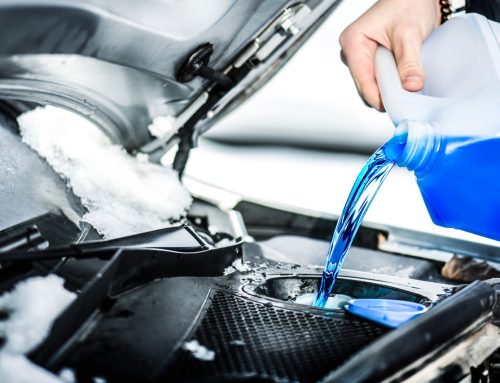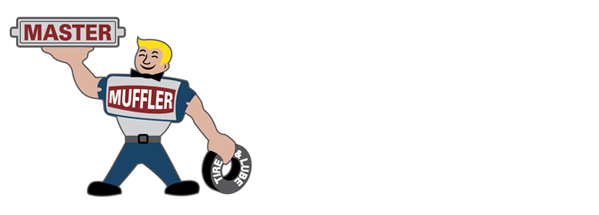Diagnosing an axle problem is not something everyone can do. But when you hear strange noises when driving, it is likely something that needs attention ASAP. Having a basic understanding of the different types of problems with axles and axle components can give the advantage of catching something before it gets worse.
With noises that occur in just one or more, but not all, driving modes, it may be the ring and pinion gears. But if the noise is common to all drive modes, it could be the wheel bearings or just the tires causing the sound.
One way you can be almost sure it is just the tires is if the speed or type of road surface changes the noise. With tires, the tone of the noise will typically lower along with the speeds.
Going back to the axle itself, it the noise you hear is louder on turns, you might be looking at a problem with the axle wheel bearings. If you hear a distinctive clunk, when changing speeds, it could be one of three things: worn differential shaft, worn thrust washers, or worn U-joints.
Vibration, rather than noise, could be several different things. It could just be the tires, but it could also be a damaged drive shaft, a problem with the shaft bearings, loose parts like the pinion gear nut or wheel lug nuts, a bent axle shaft (did you hit a curb recently?), worn U-joints, or a problem with the pinion.
With axle noise, axle gear noise, and other issues you have linked directly to the axle, there are many other potential problems from lubricant issues to something more serious. If you have ruled out some of the more basic issues like loose lug nuts or damaged tires, you may need to look to an auto shop to help you with the diagnosis of the problem.






